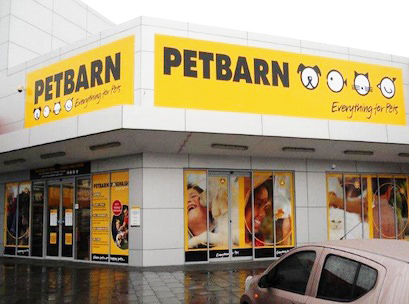The arrival of Amazon will catalyse an uplift in consumer expectations around the speed, price and reliability of retail delivery, putting pressure on businesses to improve supply chain practices to remain competitive.
That’s the message from Greencross chief information officer (CIO) Paul Kennedy, who isn’t buying the typical arguments against the viability of best practice delivery in Australia.
“We like to use excuses,” he told an audience at Online Retailer on Wednesday. “We say Australia’s big, or that it’s not very densely populated…some of those things are true, but two-thirds of Australia’s population live within a day’s drive of Melbourne or Sydney.”
“If you have distribution in those cities you should be able to get out to customers within a day…there are things within the retailers control, if it can get out of your DC the day it’s ordered then it has got a lot better chance of getting to customers the next day.
“We need to focus on our internal teams, on order by here, ship it by there, get it to the customer by there,” he said.
Kennedy, one of the architects behind John Lewis’ omnichannel strategy in the UK and former CIO of APG & Co., believes it’s only a matter of time before on-demand or so-called ‘uberised’ delivery becomes widespread in the Australian market
He expects Amazon’s entry to propel the market towards that reality, redefining what Australian consumers see as acceptable offer.
“You can overplay the Amazon threat, but you can’t overplay customer expectations – they’ll continue to go up and we need to respond to it.
“That’s the most notable difference between sites in the UK and Australia. They’ll say, ‘order it by there and it’ll get delivered by here’,” Kennedy explained.
Greencross, which owns pet supplies retailer Pet barn, is one of many publicly listed companies to have been thrown under a cloud in recent months, having had its earnings guidance cut by UBS earlier this year.
Its share price is down almost 15 per cent since January as uncertainty over the impact of Amazon’s entry, as well as macroeconomic headwinds, continue to weigh on the market.
It makes Kennedy, who was poached from APG & Co in late 2015, all the more important. As he says, supply chain may not be the sexiest part of retail, but it is where the money is made.
He expects stores to be the cornerstone of logistical success for established retailers in an Amazon enabled environment, advising retailers to implement omnichannel strategies that leverage pre-existing assets.
But there remains a disparity between what customers say they want and what they are willing to pay for it, Kennedy said.
“Lots of people talk about same day delivery, lots of couriers do it, lots of vendors offer it and every customer will tell you they want it.
“It’s a good idea, and I can see why in some sectors it’s really valuable, but the big challenge is that customers just don’t want to pay for it,” he said.
Kennedy cautioned against investing too heavily in ultra-fast delivery services, noting that investing in same-day as a premium offer only makes sense if an adequate number of customers are prepared to pay for it.
There are, however, ways to make it work. Kennedy agrees that the prime model has been successful in helping Amazon justify free same day, or next day delivery in many parts of the US and UK, and that a subscription/replenishment model has its place.
“If you have replenished able items it might make sense to say, ‘sign up for $50 a year and we’ll cover your freight under this arrangement for the whole year’…we already do subscription dog food and that sort of thing, but for most retailers with less frequent purchases it would be a harder argument.”
Access exclusive analysis, locked news and reports with Inside Retail Weekly. Subscribe today and get our premium print publication delivered to your door every week.






